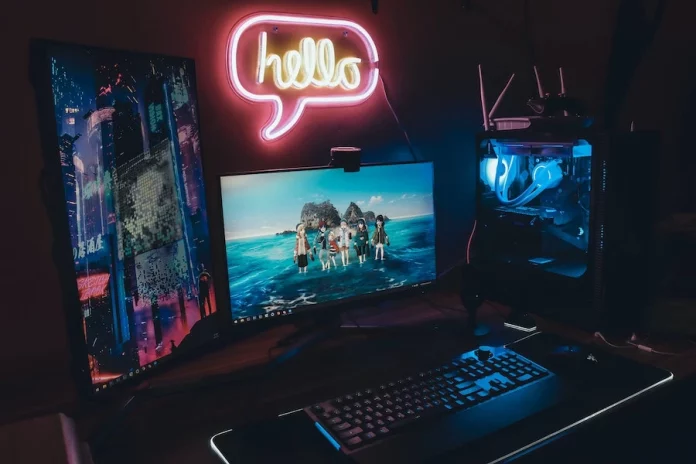Have you ever wondered what goes into the creation of realistic 3D game art? It’s a daunting task that requires precision and skill, as well as an understanding of the latest tools used in the industry.
In recent years, 3d game art studio Moonmana have become popular for their ability to produce creative, lifelike digital assets. The development process involves complex technology and an array of tools to achieve an immersive gaming experience. It takes considerable effort from skilled professionals to create content that looks and performs perfectly.
This article provides an in-depth look at 3D game art studios and how they operate. We will explore the people, technology, and resources that go into making high-quality graphics for console, PC, and VR games. Discover what it takes to be a successful 3D game artist and how these studios work together to create thrilling virtual worlds!
Different Stages Of Creating 3D Art For Games
Creating 3D art for games is no easy feat. It requires a good eye for detail and visual design, as well as an understanding of game development. In this article, we’ll explore the different stages of creating 3D art for games and what you need to know in order to create beautiful visuals.
Research and Conceptualize Design First
The first stage of creating 3D art for games is all about concepting the design. Research different styles that you can use in your project such as realistic, cartoon-ish, abstract, etc., so that the visuals are cohesive with each other. Once the look and feel are set, it’s recommended to draft up a mockup or storyboard to help keep track of ideas.
Model Creation
With the concept finalized and approved, it’s time to build out each game object in 3D software such as Autodesk’s Maya or Blender. During this process you may need assistance from experienced modelers who have knowledge in proper topology techniques, shapes and construction methods that will define how objects behave during animation or gameplay mechanics.
Texturing and Shader Creation
Once a basic wireframe skeleton is created for each object, artists need to add textures which simulate how light interacts with an object’s surface like reflectivity, bumpiness or smoothness. You may need to create materials that contain multiple layers to help achieve a natural look like grass blades or tree bark. You may also need to apply UV mapping which determines how textures fit on 3d video game art styles when rendered digitally.
Rigging Characters And Objects Attachment
Rigging characters refers to setting up their bones so they deform correctly when animated. This ensures their limbs move realistically and accurately when interacting with other objects within the game environment such as doors opening properly or bombs exploding correctly when thrown by them. Making sure everything fits together securely is also important since many items interact with each other like character accessories being attached properly such as clothes or helmets hanging off their bodies correctly while walking around the game world.
Lighting Setup
Once all geometrical models are fully textured with shaders applied plus rigging done on characters (if necessary), it’s time to set up lighting which greatly impacts how things look in-game both during day/night cycles and where lights should be placed accordingly based on level design needs such as dark dungeons lit only by torches vs wide open areas filled with bright colors from sun rays hitting surfaces intensely. Generally ambient occlusion maps get setup during this stage along shared textures for reflection qualities if needed most often found inside watery environments but also can be used elsewhere too depending on artists preferences not just technical requirements always take primary concern here over aesthetics though making sure balance between two gets managed properly via tweaking parameters until desired results meet expectations accordingly regardless whatever specific uses gameplay ends up requiring otherwise by end user players afterwards once content released officially online marketplaces.

